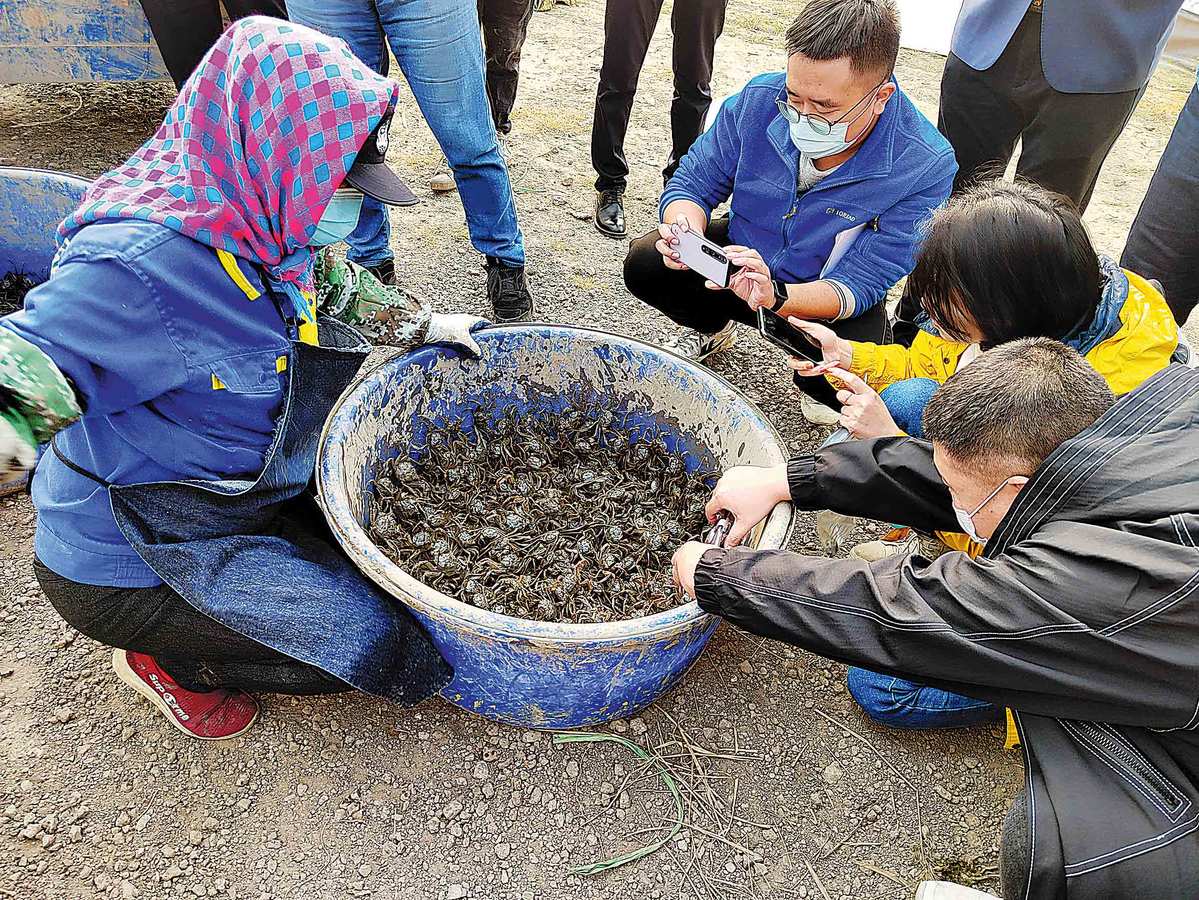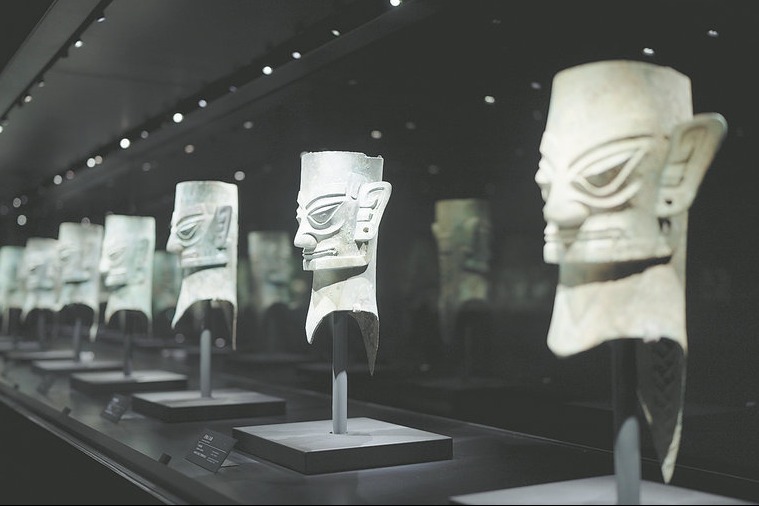Polyculture breathes new life into shoreline
By YANG CHENG in Tianjin | China Daily | Updated: 2021-11-16 09:28

Relocated residents reap financial, cultural windfall as natural beauty returns
Located in northern Tianjin's Ninghe district, Qilihai-or "Seven Mile Sea" in Chinese-is one of the world's oldest existing coastlines, but in the last three years, it has undergone a major face-lift.
Efforts by the local government to remove 230 illegal construction sites and halt all fishing, farming and agritainment businesses in the area since 2018 have paid off.
Statistics from the Ninghe government indicate that the 230-square-kilometer Qilihai wetland area is now home to 160 plant species, 30 fish species and 258 bird species. In fact, the wetland's bird population has doubled during the last 10 years, thanks in part to the arrival of 76 species not previously present in the area.
The increase of biodiversity has accompanied the gradual return of the shore's natural beauty and tranquillity. It's the biggest wetland area in the Beijing-Tianjin-Tangshan triangle and not only serves as the region's lungs, but also has a major environmental impact, according to Yu Zenghui, an ecological consultant for the district government.
In recent years, Tianjin has invested nearly 9 billion yuan ($1.4 billion) in restoring wetland areas near Qilihai and according to plans, total investment for the project will top 17 billion yuan.
This is expected to help boost the wetland by introducing more plants, which will result in cleaner water, and reducing human activity in order to support more wildlife and allow for a properly functioning biological chain to flourish.
The efforts, which have come at the cost of economic development in the area, are an example of the central government's support of President Xi Jinping's statement that "lucid waters and lush mountains are invaluable assets", said Bai Fengxiang, Party chief of Ninghe district.
























